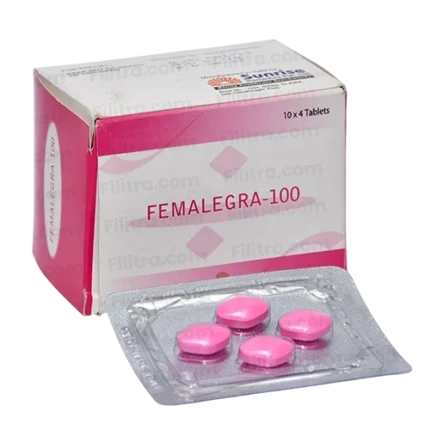Have you ever heard the term female ejaculation and wondered what it really means? It’s a topic often misunderstood or rarely discussed openly. While male ejaculation is well-known and accepted, female ejaculation remains a mystery for many.
In this blog, we’ll explore what Ejaculate is, what causes it, how it differs from other bodily functions, and why it matters.
What Is Female Ejaculation?
Female ejaculation refers to the release of fluid from the urethra during sexual arousal or orgasm. It can happen in small or large amounts and is not harmful. In fact, it is a natural response in some women during sexual activity.
There are two types of fluid releases often associated with female ejaculation:
- Squirting (expelled in larger quantities)
- Ejaculate fluid (usually clear or milky and released in smaller amounts)
Both are often confused, but they may have different sources and compositions.
What Causes Female Ejaculation?
The fluid released during female ejaculation comes from the Skene’s glands, also called the female prostate, located near the urethra. When these glands are stimulated, they can release fluid through the urethra, especially during orgasm.
- Key triggers include:
- G-spot stimulation
- High sexual arousal
- Deep pelvic muscle engagement
Not all women experience it, and that’s perfectly normal. What feels normal for one person may feel completely different for another.
Filagra Pink 100mg is made for women and helps boost blood flow to increase sensitivity and pleasure during intimacy. It may support better arousal and a more enjoyable experience.
What Does the Fluid Contain?
Research shows that the fluid in female ejaculation may contain:
- Prostate-specific antigen (PSA)
- Glucose
- Urea and creatinine (similar to urine in some cases)
- Water and enzymes
In some cases, especially in squirting, the fluid contains small traces of urine. However, this is not the same as urination. The body is responding to arousal, not bladder pressure.
Is Female Ejaculation the Same as Squirting?
Not exactly.
- Female ejaculation is often a small amount of fluid, rich in PSA, released during orgasm.
- Squirting is the forceful expulsion of a large amount of clear fluid, which may contain some urine content.
Both are natural and can occur together or separately. Neither should be considered abnormal or “too much.”
How Common Is Female Ejaculation?
Studies suggest that about 10–50% of women have experienced female ejaculation at least once. However, many may not recognize it, or they may confuse it with urination.
The ability to ejaculate varies from person to person and does not define sexual satisfaction. Some women never experience it, and that’s completely okay.
Is It Normal? Should You Be Concerned?
Yes—female ejaculation is completely normal.
There is no medical concern linked to female ejaculation. It doesn’t indicate any health problem. It’s simply part of the body’s response to pleasure.
If anything feels uncomfortable, painful, or out of the ordinary, consult a doctor. But female ejaculation itself is not a cause for worry.
Can You Learn to Ejaculate?
For those curious, ejaculation can sometimes be learned or encouraged through:
- Relaxation and comfort during intimacy
- G-spot stimulation using fingers or toys
- Strong pelvic floor muscles (through Kegel exercises)
- Partner communication and trust
However, there’s no pressure to “achieve” it. It’s not a goal—just one part of a broader, beautiful experience of intimacy.
Final Thoughts
Female ejaculation is real, natural, and completely normal. While it may not happen to everyone, for those who experience it, it can be a unique part of sexual pleasure.
Whether you’ve experienced it or not, the most important thing is to feel comfortable, confident, and connected with your body. Understanding sexual health helps break the myths and supports open, respectful conversations.
As a pharmaceutical researcher and health writer with more than a decade of experience, I concentrate on erectile dysfunction and its evolving treatment landscape. My content reflects a deep commitment to accurate, patient-focused, and medically sound information.




